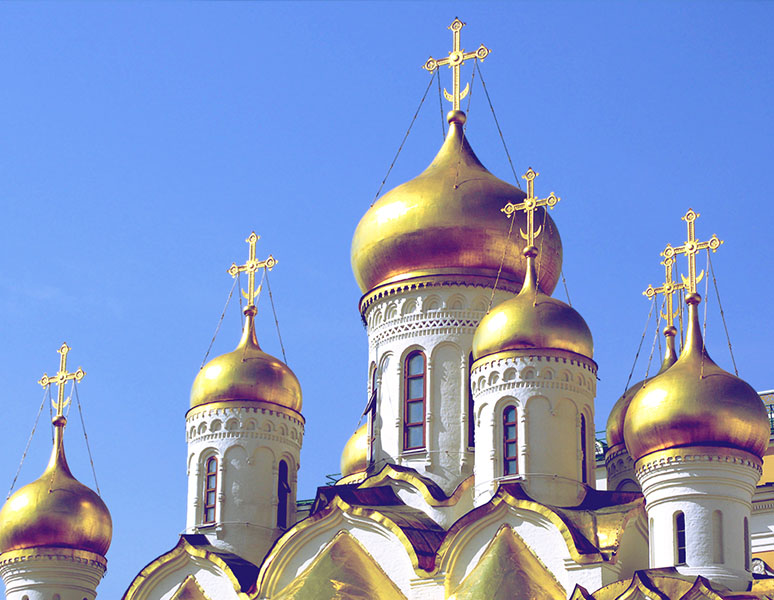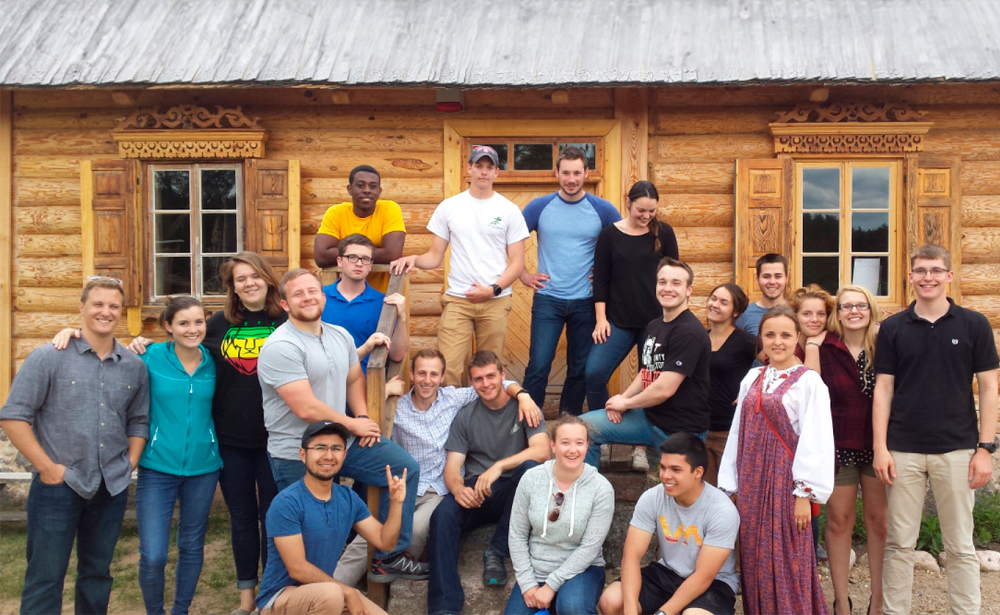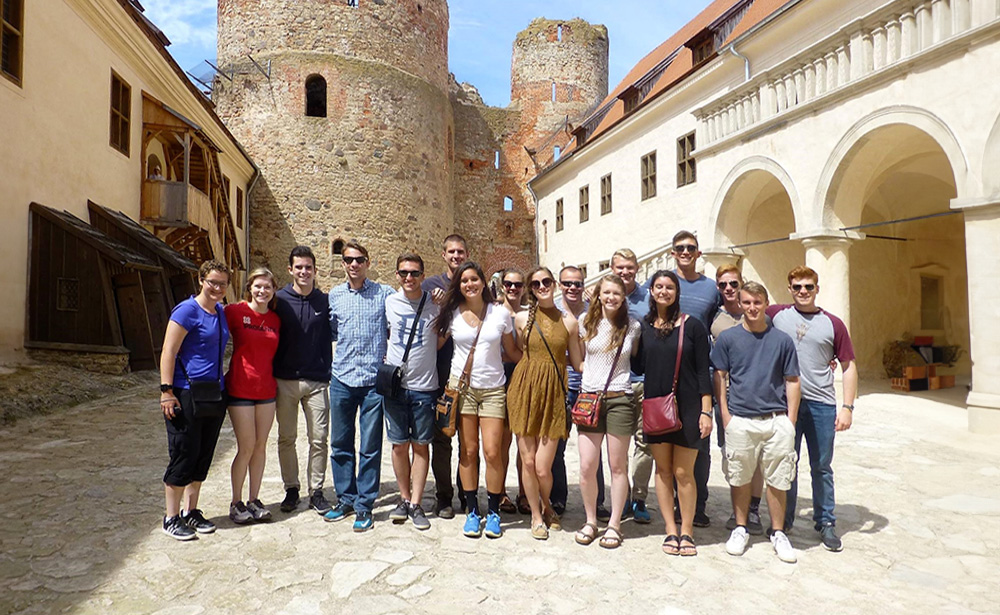Religion in Russia: the History of Russian Orthodox Church
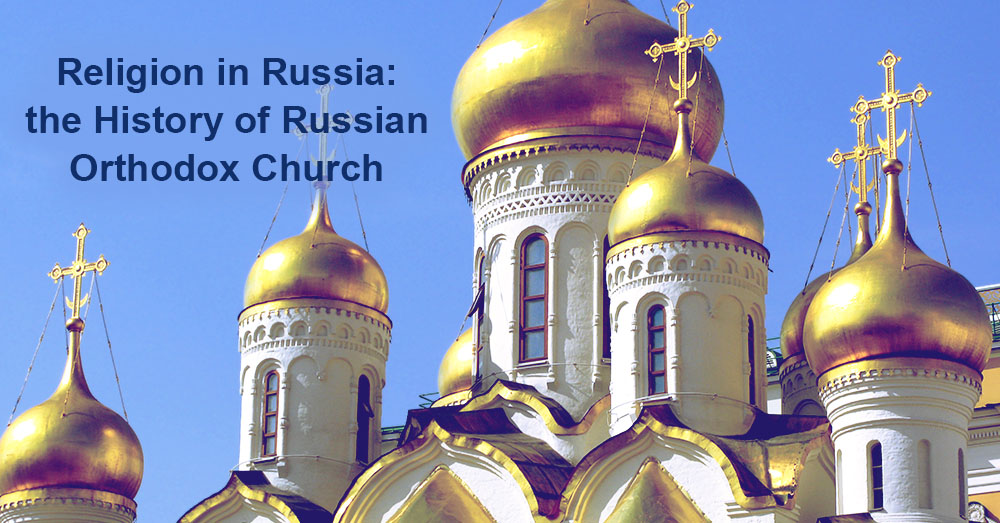
Vast majority of Russians are Russian orthodox. Yet abroad this religion often raises questions or it is unfamiliar to many people. Therefore, today we decided to tell you about the main religion in Russia and its history.
Christianization of Rus’
The official history of the Russian Church dates back to 988 when upon the decision of Vladimir the Great, Rus’ adopted the Greek religion. This event is described in the Primary Chronicle. This is the earliest extant manuscript dated by the 12th century. It describes a beautiful legend which explains why Vladimir had chosen the Greek version of Christianity. According to the legend, emissaries of various religions came to see Vladimir: the Muslims, the Jews, the nuncios, and the Byzantines. Vladimir rejected the Muslims because of their ban on wine; he rejected the Jews because they did not have their own state; and the nuncios because of an old feud. However, the story told by the emissary from the Byzantine Empire impressed him immensely. Later, Vladimir sent his emissaries to inspect the faith and ceremonial of each religion, but they only liked the Byzantine faith and ceremonial.
We can refer to this story as a legend on the basis of conclusions drawn by modern historians. The choice of religion was most likely determined by political reasons. First, the Slavs had long-term relations with the Byzantine Empire. Second, in the 10th century the Byzantine Empire was one of the most powerful military and culturally developed states. The integration with it on the religious basis was extremely beneficial for the young Kievan Rus’.
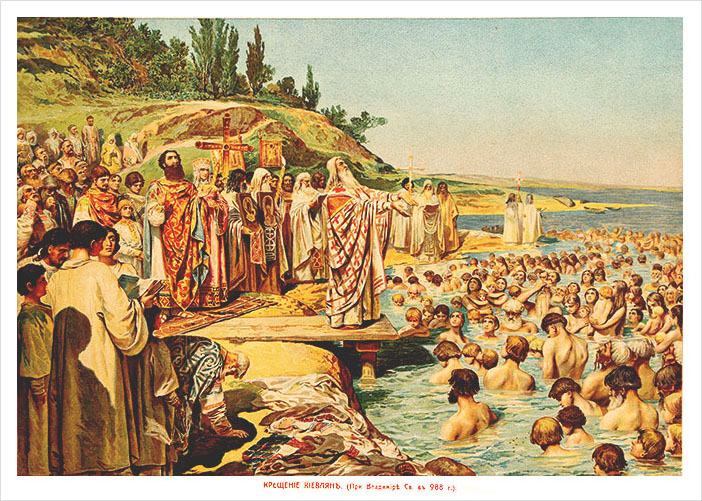
For the first five centuries Russian Church had no autonomy and was subordinate to Patriarch of Constantinople who appointed the head of Russian Church (Metropolitan) from among the Greeks. The situation changed in 1051 when Grand Duke Yaroslav the Wise made Ilarion the first non-Greek Metropolitan of Kievan Rus’.
Almost immediately after the official spread of Christianity, a lot of monasteries were founded in Rus’. They became centers of religious and cultural life where chronicles and books were written and icons were created. One of the most famous monasteries, Kiev Pechersk Lavra, was founded in 1051 and it still remains one of the most significant Orthodox shrines.
Until the 13th century Kiev was Metropolitan’s residence, although, because of its decline after the Golden Horde invasion in 1299 the residence was moved to the city of Vladimir, then, later, in 1325 to Moscow.
The Greek Isidor (1436) was the last Metropolitan appointed by Constantinople. He was a supporter of the so-called Union – the union of the Roman and Byzantine churches. However, in the Byzantine Empire this union was supported only by Patriarch and Emperor. Eventually, the unity of churches did not happen. Moreover, the final split of churches and the establishment of Catholicism and Orthodoxy as different branches of Christianity happened.
Moscow the Third Rome
Metropolitan Isidor’s aspirations were not supported by Moscow either. In 1448 Moscow Grand Duke Vladimir appointed Bishop Iona as the head of Russian Church. He did not consider the appointment for approval with the Byzantine Empire (to recap, Emperor and Byzantine Patriarch supported the Union). Therefore, since December 15, 1448 Russian Church became independent de facto.
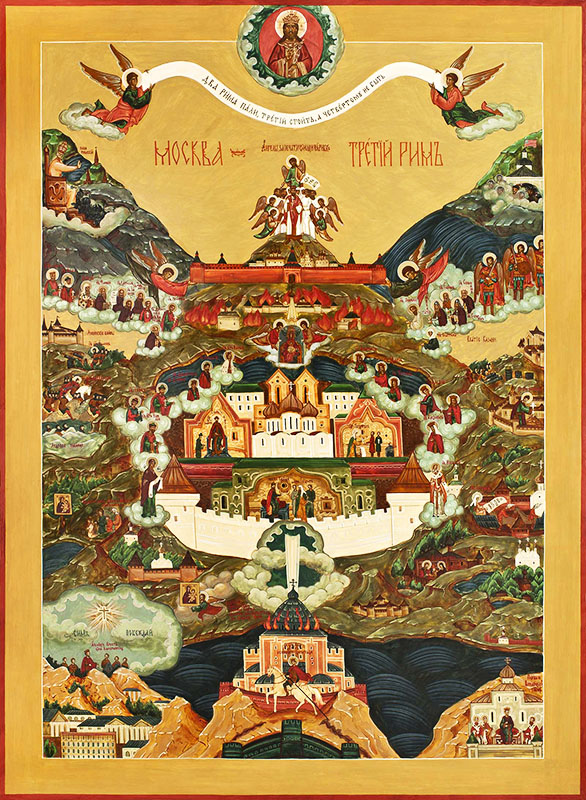
Consolidation of a large number of Russian lands around Moscow happened under the rule of Ivan III (1462-1505) as well as a number of significant economic and political reforms were carried out. The enhancement of Moscow statehood against the defeat of Constantinople by the Turks in 1453 formed the concept that later was referred to as “Moscow the Third Rome”. Russian Church declared itself the sole heir to the true teachings of Christ. Adherents of other Christian denominations did not consider true, and they had to undergo the rite of baptism when convert to Russian Orthodoxy.
At the end of the 16th century Russian Church was recognized independent de jure, and Metropolitan received the status of Patriarch. It is the highest rank within the Orthodox Church. Since then, the head of Russian Church became formally and officially equal in rights to Greek Patriarchs.
The First Patriarchal Period
In the history of Russian Church the period 1589 – 1700 is known as the First Patriarchal Period. During that time the church enhanced its influence, and Patriarch as its head started to play a significant role in the country’s political life. The church also succeeded in getting its numerous lands excepted from the national jurisdiction since 1625. It virtually became a state within the state.
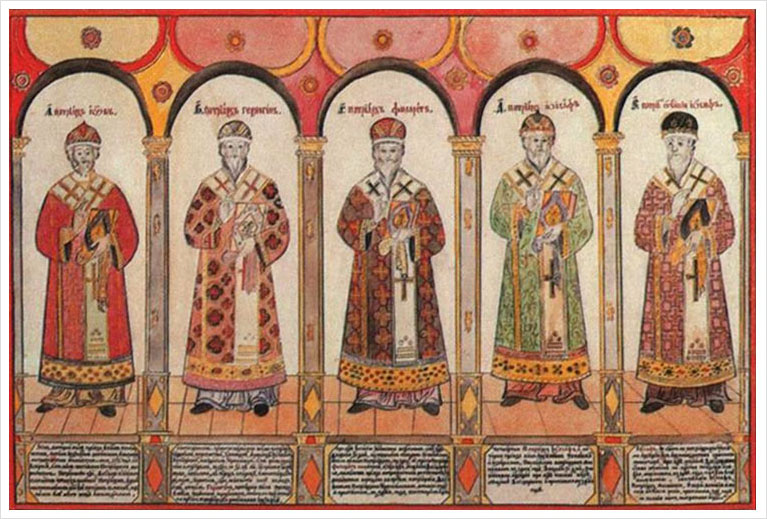
During the 17th century Russian Church was very actively involved in missionary activities in Siberia, Karelia, and Kazan region. It opened new publishing houses, and developed ecclesiastical literature. In the middle of the 17th century Patriarch Nikon launched reforms that were mainly targeted at the revision of liturgical books. The reforms resulted in a split in the church, and appearance of the “Old Believers” movement. Since 1666 the Old Believers were legally prosecuted at the state level. As a result, this caused rather massive repressions against opponents of Nikon’s church reforms. Lots of Old Believers were forced to move to the borderlands or even abroad. Therefore, a large community of Old Believers settled on the territory of modern Latgale (eastern part of Latvia), which was part of the Polish-Lithuanian Commonwealth at that time. A rather numerous Old Believers community still live in Daugavpils. The conflict between the Orthodox and Old Believers is not fully exhausted until now.
The Synodical Period
Peter I bewared of the church’s big influence on the political life within the state, which impeded the implementation of reforms that he was planning to initiate. When in 1700 Patriarch Adrian died, Peter I forbade the church to appoint a new head, and some time later he established the Holy Synod. The Synod was a kind of parliament that had the right to take decisions related to the church’s life. This kind of body existed in the majority of Orthodox churches for a long time and its aim was to limit a patriarch’s authority. However, in the Russian tradition, a patriarch had always been the church’s sole governor.
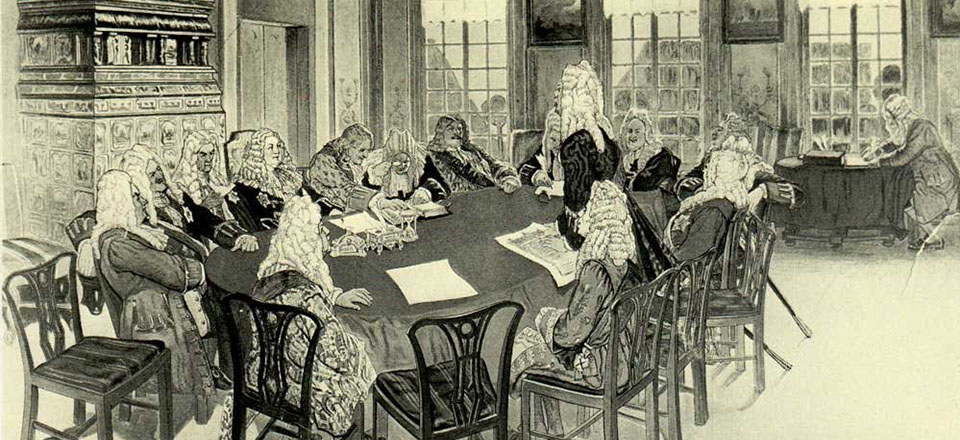
The Synod formed by Peter I was a government body, with the Tsar himself as its member. This led to the weakening of the church’s position. The church became more closed; the access to the clergy from other social stratum was limited. All clergy virtually became government officials. This status was preserved until the revolution.
The Second Patriarchal Period
In 1917 Russian Church took advantage of the complicated political situation in order to enhance its authority in the society. Despite the fact that many members of the Provisional Government opposed the restoration of the patriarch’s authority, the success of the Bolsheviks who were anti-religious in their views, let the church “jam” its position through.
However, it should be pointed out that the church hierarchy was not restored in its original form. The Holy Synod remained, and the Supreme Church Council was organized. Both bodies did not let the Patriarch to have an absolute power over the church, and each of them was granted its own authority. The Synod dealt with the issues of church service, but the Supreme Church Council took care of administrative issues.
Having won in the Civil war, the Bolsheviks aimed at the eradication of religion. Initially they adopted the decree on the complete separation of church and state. But, in fact, any kind of activity performed by clergy was taken as an incitement to sabotage. A lot of clergy were repressed: shot or sent to Gulag.
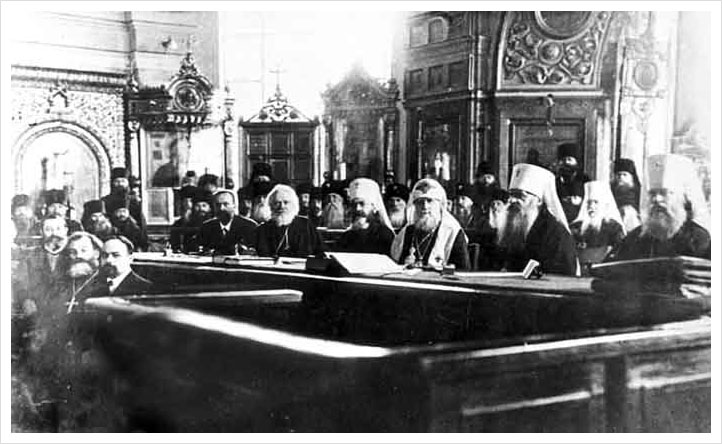
By 1939 the structure of the church was almost destroyed; there was no centralized government. Majority of clergy went into hiding and organized the so called Catacomb church that managed to preserve a few hundreds of parishes and a united structure of government.
During World War II the Soviet government was looking for additional incentives to raise morale and consolidation of its soldiers, so they resorted to the church. Despite the official policy, there were quite a lot of religious people who the Patriarch had influence with. Therefore, during the war religious activities were made legal; a lot of churches were restored.
The second important reason for the weakening of anti-religious policy was the conditions that western allies set. In October 1941 President Roosevelt via his personal representative stated that the provision of assistance to the Soviet Union directly depended on the attitude of the state towards the church.
In the post-war period Russian church did not face such a tough opposition. However, the state tried to control it and did not allow its mass expansion. The state levied taxes on the church’s activity which were much higher than any other taxes. Clergy sometimes had to pay as much as 85% in taxes from their income.
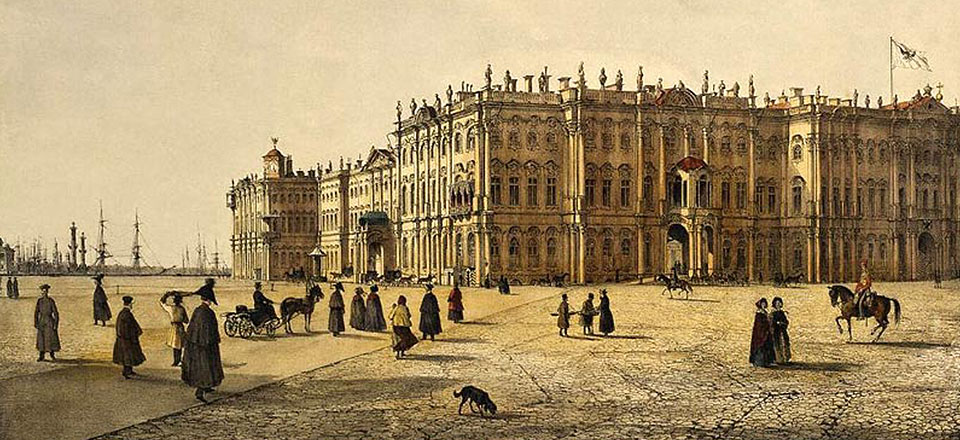
A new anti-religious campaign was initiated by Nikita Khrushchev. Church structures were put into even more rigid tax and legal frames; mass media promoted the image of religion as the relic of the past. However, there were no attempts of legal prosecution.
After Khrushchev’s resignation, until the 1980s the relations between the state and church remained rather stable. Active anti-religious campaign stopped, taxes became a bit lower, although they were still much higher than the taxes levied on other organizations.
During Perestroika for the first time in many years, the number of new churches increased; almost all limitations on religious activity were cancelled; financial responsibilities of the church were weakened. The celebration of the 1000 anniversary of the Christianization of Rus’ in 1988 became a pivotal moment. The ban on televising of church life ended. For the first time people in the USSR were able to see live broadcasts of church services. The fact that in 1989 about 300 clergymen became members of parliament at various levels was a significant sign.
Current Situation
Today Russian Orthodox Church has a rather big influence with the society, and it sometimes plays an important role in the country’s political life.
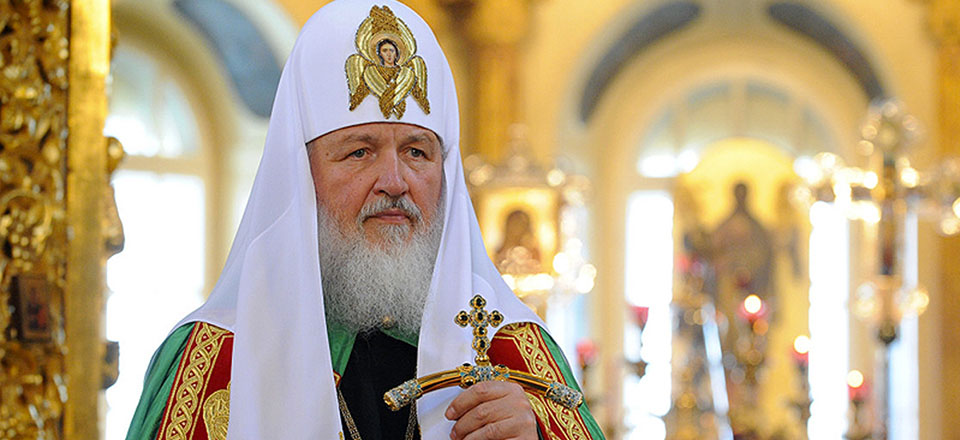
However, there have been a few crises so far: staring from the beginning of the 1990s, Orthodox Church in Ukraine tries to get independence from Moscow Patriarchate. This conflict has become acute, and most likely there will be a split. Liberal groups also express their discontent; they believe that the church and state are too closely related nowadays.
You may be interested
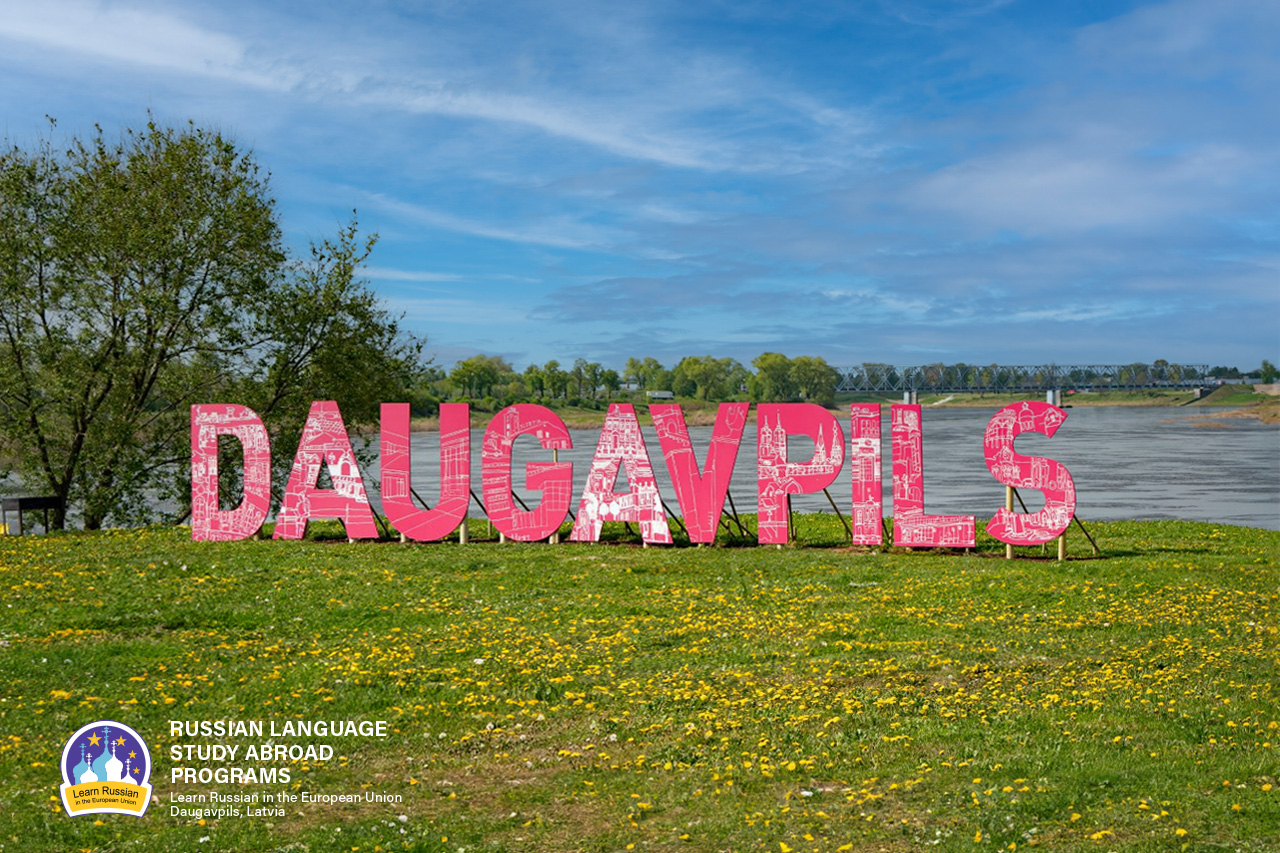
Why do people speak Russian in Daugavpils?
As it seems to us, Daugavpils is the best place to learn Russian now, because our city is situated in the EU and NATO, but at the same time 90% of the city’s population speak Russian at home.
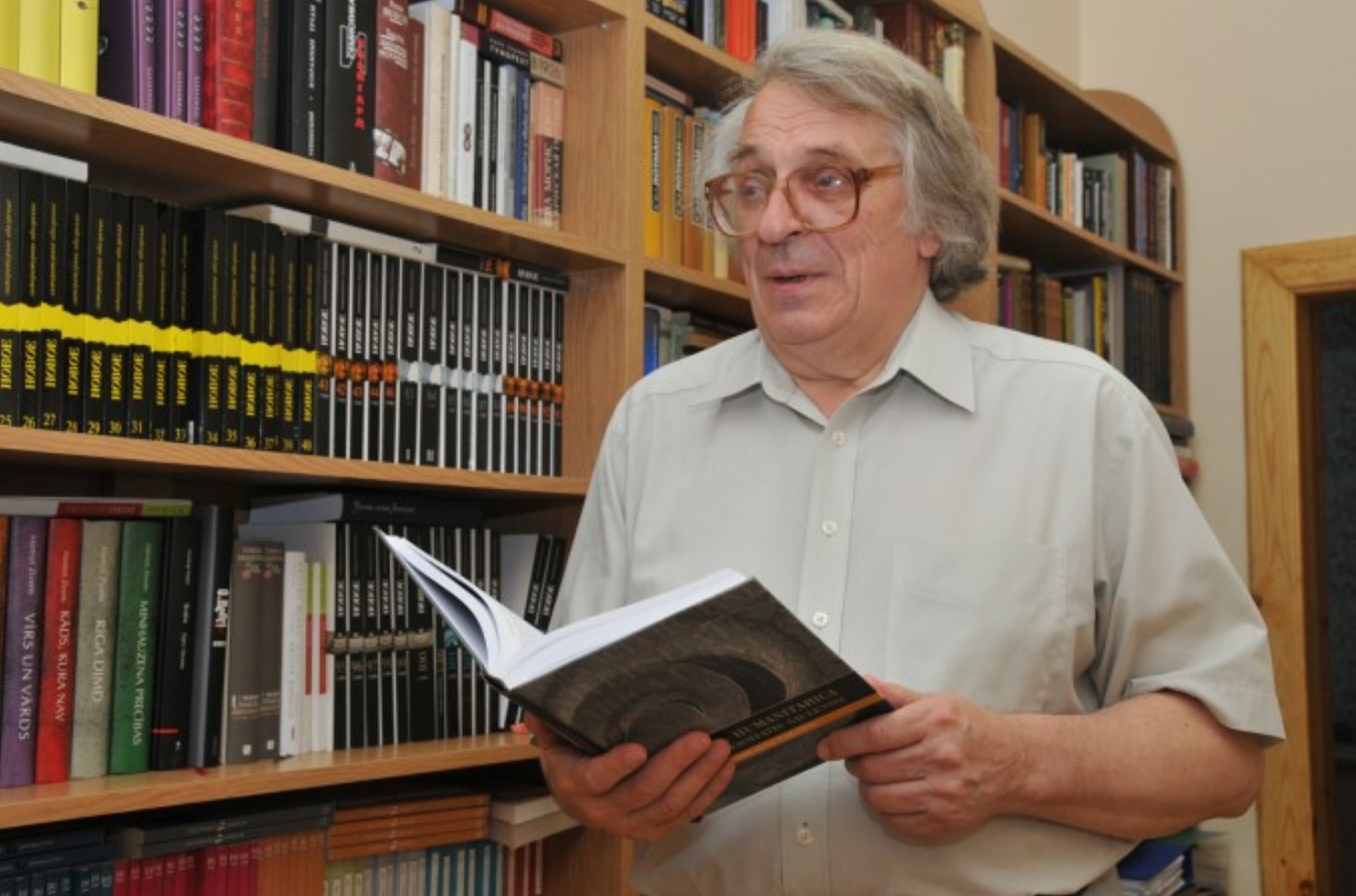
ЭТЮД О ДВИНСКЕ
Etude on Dvinsk by F.Fedorov
The Baltic region is one of the most catastrophe prone regions of the 2nd millennium, especially its second part; it is the centre of attraction of ‘geopolitical’ interests of the European world. Probably the most tragic fate has befallen to the eastern part of the present Latvia and its multi-titled town of Dinaburg – Dvinsk – Daugavpils. During its 730 years long history, the town went through five rather autonomous periods of development, five different lives (German, Polish, Russian, Latvian, Soviet), and at the beginning of the 1990s it entered into the 6th period.
The history of Dinaburg – Dvinsk – Daugavpils is the history of five attempts by the town to begin its life anew; and this is determined not only by the fact that the town was four times burned down and had to start life from scratch, but first and foremost because each of these periods was characterized by a total change of ethnos and the socio-cultural field.
The present article deals with the cultural space of the town in one of the most efficient periods of its development – from the 1860s till World War I.


